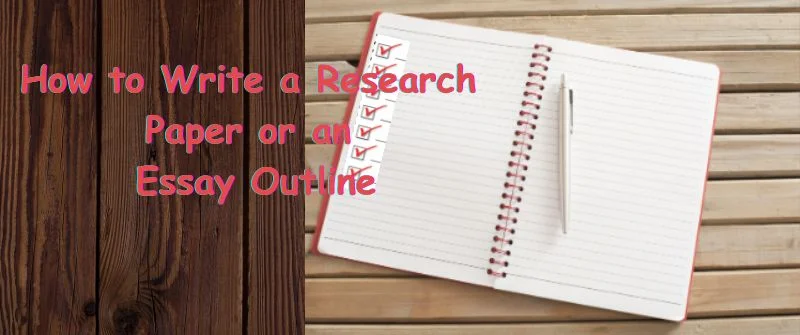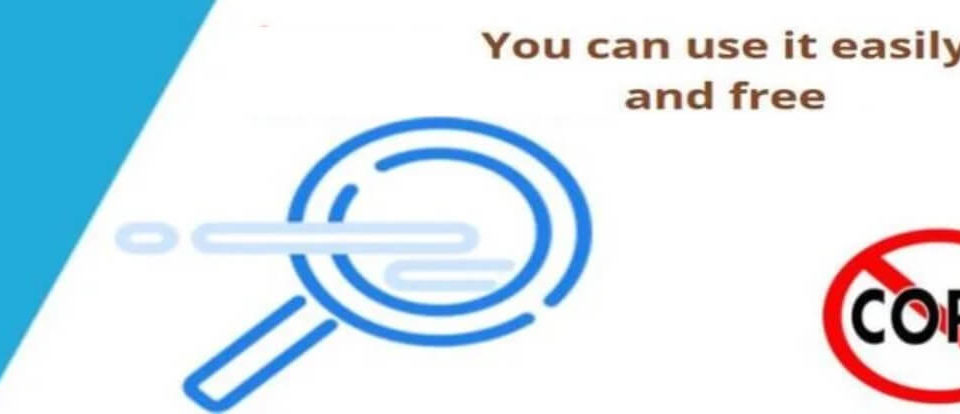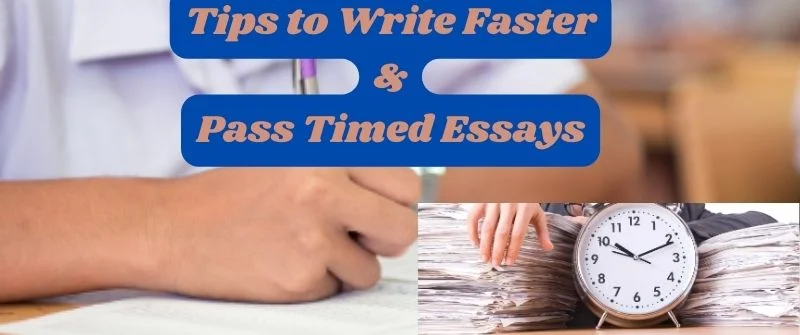Does Canvas Check for Plagiarism: on Discussions and Papers
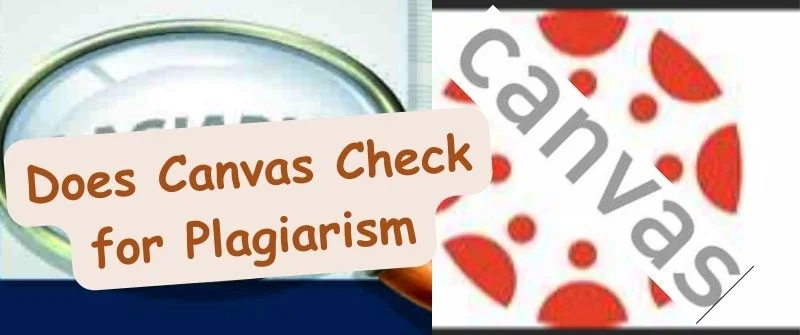
Canvas, a prominent Learning Management System (LMS), is pivotal in modern education.
Widely adopted in educational institutions, Canvas simplifies the management of courses, facilitating seamless interaction between students and educators.
However, does Canvas have a built-in plagiarism checker? In this exploration, we unravel the essence of Canvas and understand its prevalence as an LMS.
Let’s dive into the crucial question of whether it offers plagiarism detection capabilities.
Does Canvas Check for Plagiarism?
Plagiarism is using someone else’s words, ideas, or work without proper attribution or permission, presenting it as one’s own. It can have serious consequences, including academic penalties and damage to one’s reputation.

Canvas leverages Turnitin’s powerful plagiarism detection features, offering a comprehensive solution to academic integrity.
Canvas’ integration with Turnitin provides educators and institutions with valuable tools for identifying potential instances of plagiarism.
Mostly, this partnership enhances the overall educational experience by promoting originality and maintaining the highest standards of integrity in academic work.
Turnitin’s algorithmic prowess and vast database are harnessed to scrutinize submitted papers, generating similarity reports that enable instructors to assess the authenticity of students’ work.
Finally, this collaborative approach between Canvas and Turnitin reinforces the importance of academic honesty in the digital age.
Types of Plagiarism Canvas Detects
With its integrated plagiarism detection tools, such as Turnitin, Canvas is adept at identifying various types of plagiarism, ensuring academic integrity within digital learning environments.
Here are some of the critical types of plagiarism that Canvas can detect:
1. Direct Copying and Pasting
Canvas’ Turnitin functionality scans for exact matches between the submitted work and existing sources, flagging instances where students have directly copied content without proper citation.
Also, this blatant form of plagiarism is easily identifiable, and Canvas helps instructors address it effectively.
2. Paraphrasing and Text Manipulation
Canvas also identifies instances where students attempt to paraphrase or manipulate the text to disguise plagiarism.
After scrutinizing the structure and vocabulary of the text, it recognizes when students need to reword existing content with proper attribution. Students should learn how to paraphrase without plagiarising.
3. Self-plagiarism
Canvas can even detect self-plagiarism, where students submit previously completed work. Self-plagiarism ensures that students provide original content for each assignment, preventing the unethical reuse of their prior submissions.
Canvas, with Turnitin’s support, thus provides a robust defense against various forms of plagiarism, reinforcing the importance of academic honor.
Canvas Plagiarism Detection Tools
Canvas employs plagiarism detection tools by seamlessly integrating with Turnitin, a leading software. This integration equips educators with valuable resources to uphold academic integrity.

Canvas generates originality reports and similarity scores for submitted assignments, enabling instructors to assess the authenticity of students’ work.
These reports highlight matching content from external sources, facilitating the identification of potential instances of plagiarism.
Canvas and Turnitin work to provide a comprehensive solution that not only identifies potential plagiarism.
Specifically, it also supports the education community in promoting originality and maintaining the highest standards of academic honesty.
Effectiveness of Canvas Plagiarism Checks
Canvas plagiarism checks, powered by Turnitin, are generally effective in identifying potential plagiarism.
The system utilizes advanced algorithms and a vast academic and online content database to generate originality reports, which offer insights into the authenticity of submitted work.
However, while Canvas is a valuable tool, it is not infallible.
Limitations and challenges include the potential for false positives or false negatives, as automated systems may misinterpret certain content.
Additionally, Canvas may not detect extremely well-disguised or highly paraphrased plagiarism.
Educators play a crucial role in the effectiveness of Canvas plagiarism checks by reviewing originality reports and exercising their judgment.
Despite these limitations, Canvas remains valuable in promoting academic integrity and encouraging students to submit original work, contributing to maintaining high academic standards.
Avoiding Plagiarism in Canvas
Best practices for students include:
- Cite Sources Properly: Always provide appropriate citations and references for any external sources used in your work.
- Understand Paraphrasing: Learn how to properly paraphrase content while maintaining the core message and giving credit to the source.
- Manage Time: Avoid last-minute work, which may tempt you to take shortcuts. Plan your assignments well in advance to prevent rushed submissions.
Educating students about academic integrity:
Educators have a pivotal role in teaching students about academic honesty. They should:
- Set Clear Expectations: Provide students with precise guidelines on what constitutes plagiarism and the consequences of such actions.
- Promote Open Discussions: Engage students in discussions about the importance of academic integrity, offering insights into the tools available in Canvas for maintaining originality.
- Encourage Self-Regulation: Foster a sense of responsibility and ethics among students to ensure they take academic honesty seriously.
Canvas Plagiarism Settings
Canvas allows instructors to customize plagiarism settings according to their preferences. Instructors can tailor these settings to meet the specific needs of their courses.
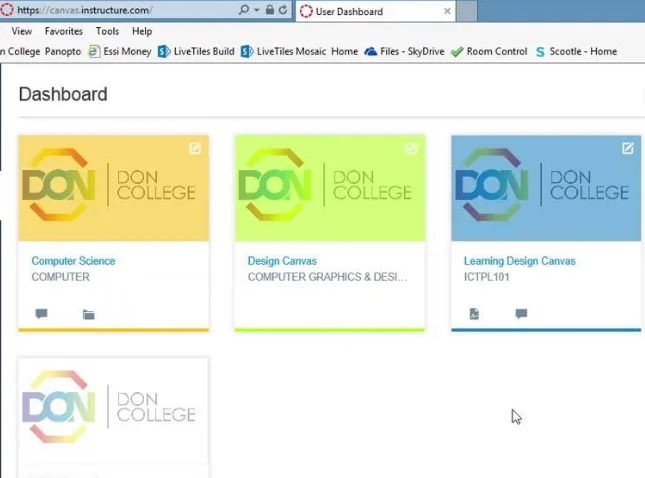
Customizing plagiarism settings involves adjusting parameters such as the sensitivity of the plagiarism detection tool and the sources it scans against.
Instructors can decide whether to exclude small matches or common phrases to reduce the likelihood of false positives.
Additionally, Canvas allows for configuring plagiarism detection for instructors, giving them the authority to choose how originality reports and similarity scores are used in their courses.
They can decide whether students should be able to see these reports, the frequency of checks, and how reports are interpreted and acted upon. This level of customization empowers instructors to create an academic environment that aligns with their teaching philosophy and the needs of their students.
Canvas vs. Third-Party Plagiarism Checkers
When integrated with Turnitin or other third-party plagiarism checkers, Canvas offers an in-house solution for educators to assess originality. Here’s a comparison:
a) Canvas
Pros
- Seamless integration within the LMS.
- Streamlines the assignment submission and grading process.
- Offers a centralized platform for course management.
- Simplifies access for both instructors and students.
Cons
- It may need more depth and complexity of checks offered by dedicated third-party tools.
- Limited customization options for advanced plagiarism settings.
b) Third-Party Plagiarism Checkers
Pros
- Specialized in plagiarism detection, often offering more comprehensive checks.
- Extensive databases for thorough comparisons.
- Greater flexibility in customization.
Cons
- Separate platforms that may require additional setup.
- This may lead to a fragmented experience for instructors and students.
- The choice between Canvas and third-party checkers depends on the institution’s specific needs, technical capabilities, and the level of plagiarism detection required.
Case Studies and User Experiences
Canvas plagiarism detection has seen several success stories where it played a pivotal role in upholding academic integrity.

Instructors have shared instances of identifying and addressing plagiarism effectively, fostering a culture of originality among students.
Challenges also arise, as some students inadvertently plagiarize due to a lack of awareness.
In such cases, Canvas is an educational tool, allowing instructors to guide students toward proper citation and originality.
Furthermore, instructors may face challenges when interpreting originality reports and deciding on appropriate actions.
It is essential to balance addressing plagiarism and allowing students to learn and improve.
User experiences with Canvas highlight its dual role: as a guardian of academic integrity and as a tool for educating students on the nuances of proper citation and original work.
Conclusion
In conclusion, Canvas, especially when integrated with plagiarism detection services like Turnitin, offers a valuable solution for upholding academic integrity within the digital learning environment.
It equips educators with the tools to identify potential instances of plagiarism and educate students about the importance of originality.
While it has limitations and challenges, combining Canvas and external plagiarism checkers ensures a comprehensive approach to plagiarism detection.
After customizing settings, educators can tailor the experience to their specific course needs, and through a combination of case studies and real-world experiences.

Josh Jasen or JJ as we fondly call him, is a senior academic editor at Grade Bees in charge of the writing department. When not managing complex essays and academic writing tasks, Josh is busy advising students on how to pass assignments. In his spare time, he loves playing football or walking with his dog around the park.


